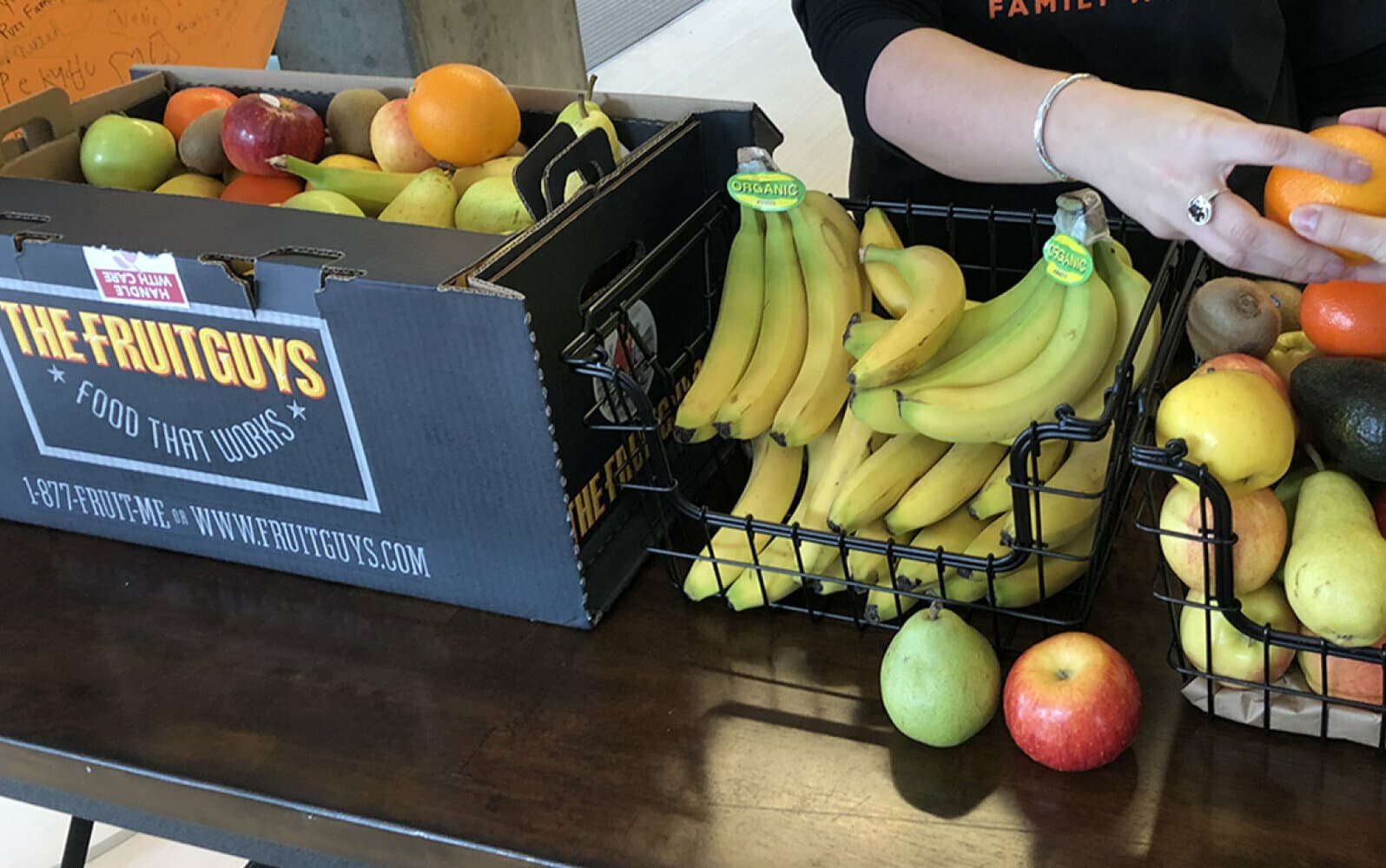OUR CUSTOMERS
Meet the brands that love Dialpad
Teams big and small use Dialpad’s all-in-one workspace to talk, message, meet, and support their customers.

Trusted by the world’s biggest brands
CUSTOMER SPOTLIGHT
Randstad scales its global HR enterprise with a single Ai voice solution
Filter by
Product
Selection (0)
Segment
Selection (0)
Industry
Selection (0)
Integrations & APIs
Selection (0)

Compassionate Scaling: How Elise Buie Family Law Group uses Dialpad to grow smarter

How Ocean Network Express keeps global shipping moving with Dialpad

How The FruitGuys save 10 hours a week with Dialpad

Atmosphere grew their TV streaming business 15x with AI

How Friday Health Plans saves 10 hours a week with Dialpad Ai

How Auckland Eye transformed patient care with Dialpad Ai

How NTG increased revenue with Dialpad Sell

How Smart AutoCare connects agents in 12 states with Dialpad Support
The instant ROI of Dialpad
See why teams big and small across 140+ countries love Dialpad.
SELF-SERVICE
18%
Cost reduction by using Ai Agent for self-service.
SUPPORT
14%
Increase in CSAT scores after implementing Ai CSAT.
TRAINING
50%
Reduction in agent training time with Dialpad Ai.
Want to see how Dialpad works?
Book a demo to learn how you can grow top-tier support and sales teams—all in one Ai-powered customer communications platform.
